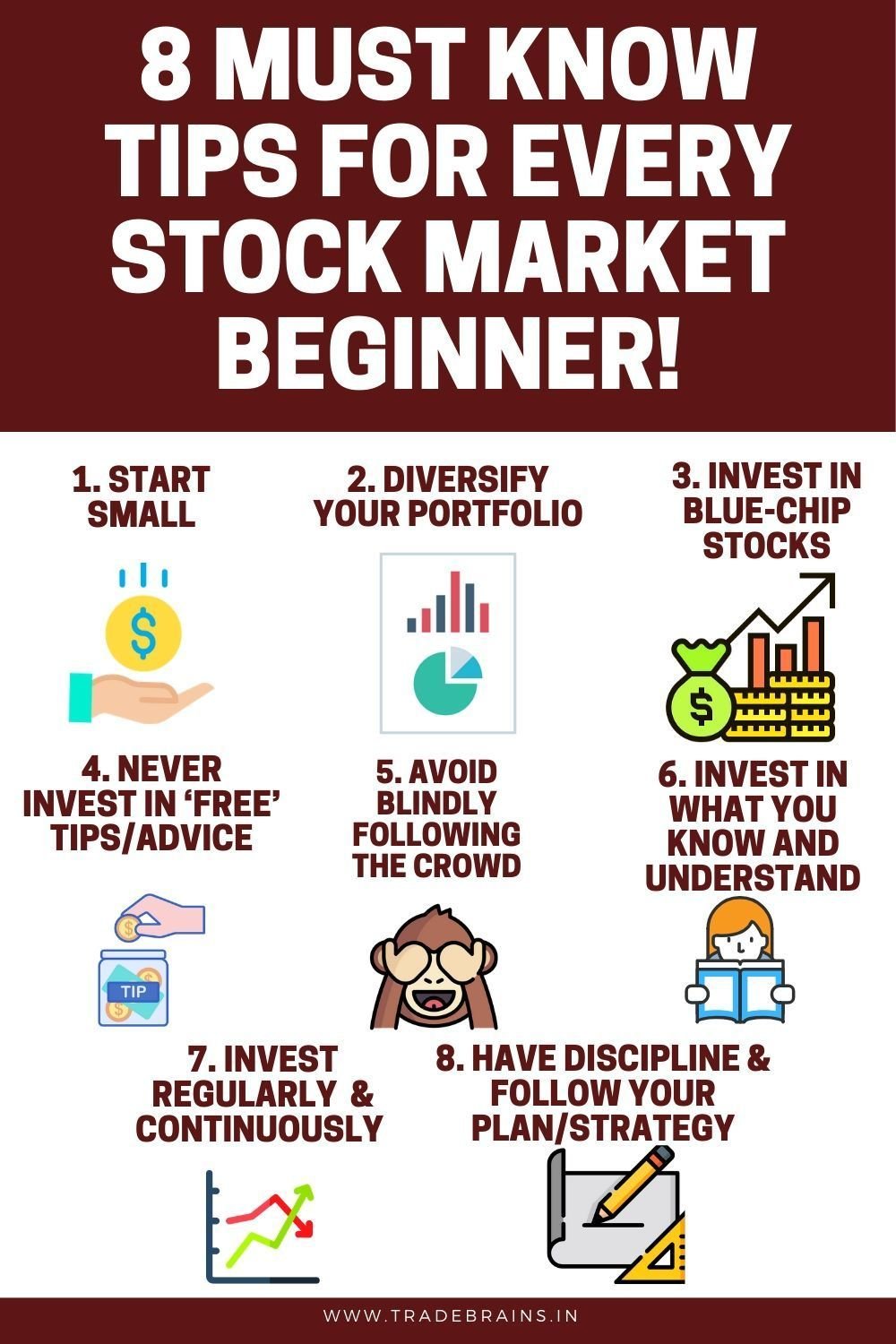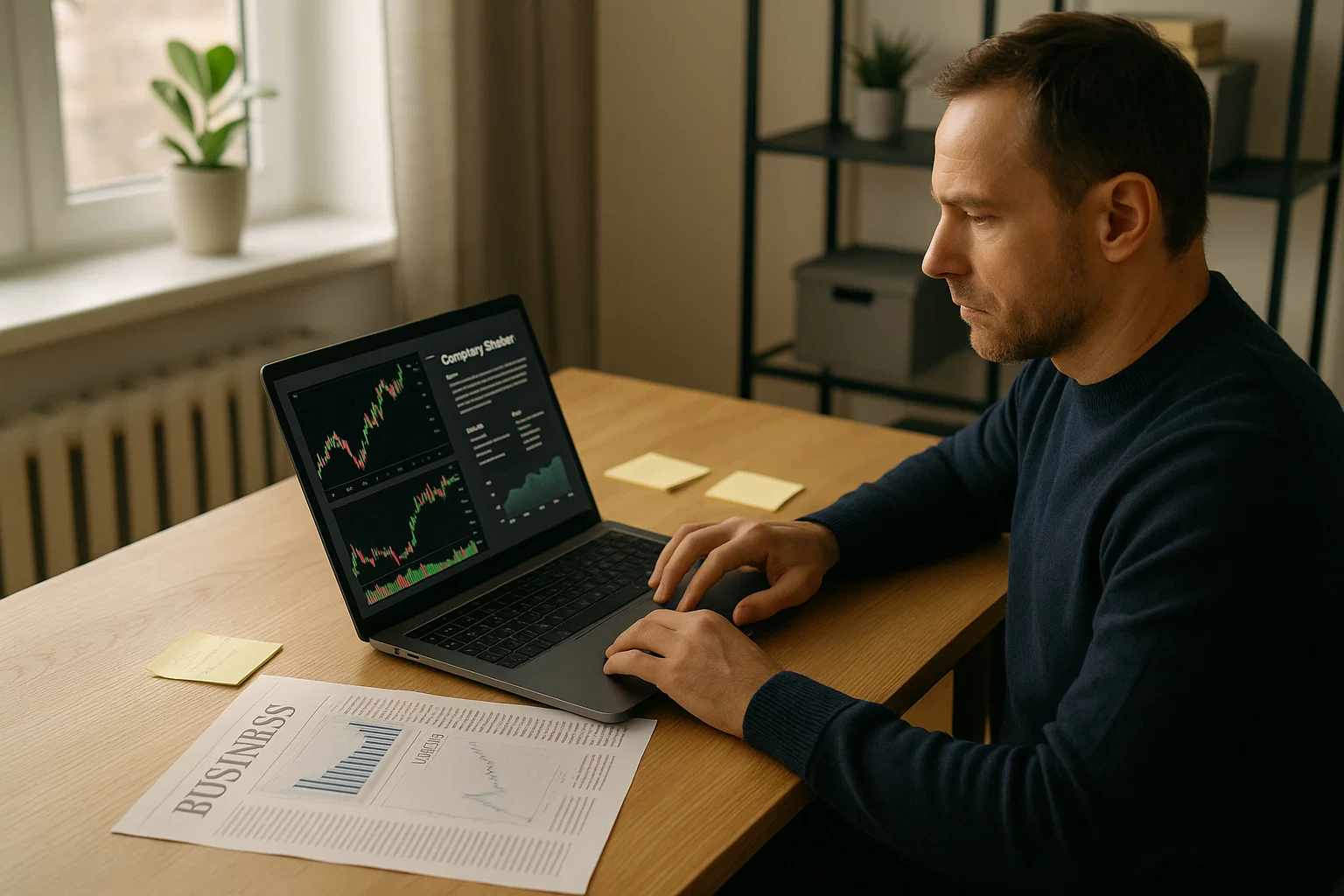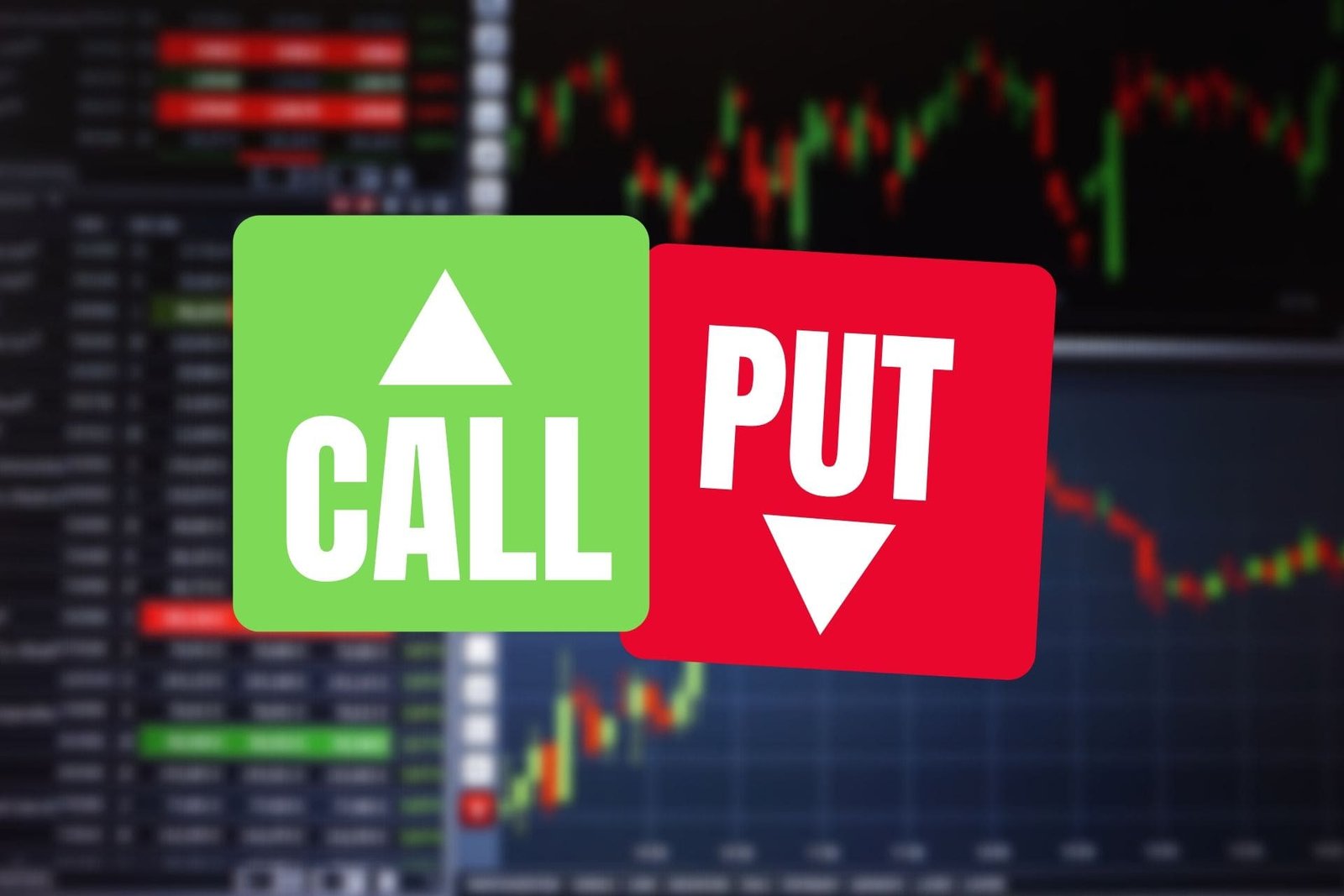How to Start Investing With Just $100
- by:
- Nick H
Key Points
Choose low-fee platforms with fractional share options.
ETFs and robo-advisors offer easy diversification.
Build a habit by investing small amounts regularly.
What are Fractional Shares
For adsense add
Advertisement

affiliate add
For adsense add
Mail Sign Up
Get The Latest News & Stock Picks
Stay ahead of the market with expert news, actionable tips, and exclusive stock picks delivered straight to your inbox. Join a community of investors who value real insights and smarter strategies. Sign up now and get the edge you need to invest with confidence.
By submitting your email, you agree to receive updates and promotional content from our team. You can unsubscribe at any time. For more details, please review our Privacy Policy.
For adsense add
For adsense add
If you think you need a hefty bank balance to start investing, think again. In today’s financial landscape, almost anyone can begin investing—even with just $100. Thanks to innovative technology and accessible platforms, it’s never been easier to put your money to work, regardless of your starting amount. In this guide, we’ll walk you through the simple, practical steps to start investing with $100, whether your goal is to grow wealth, learn the ropes, or simply see what investing is all about.

Why Start Investing With $100?
It’s easy to feel like $100 is too little to make a difference. However, the most important part of investing isn’t the amount you start with—it’s building the habit, learning the basics, and letting compound growth work over time. Starting small lets you:
Build confidence without risking large sums.
Learn how markets work in real time.
Take advantage of long-term growth.
Small investments today can grow substantially with consistency and time. More importantly, you’ll develop skills and knowledge that pay dividends for the rest of your life.
Step 1: Define Your Investment Goals
Before diving in, take a moment to consider what you want to achieve. Are you saving for a specific goal, like a vacation or emergency fund? Or is this a first step toward retirement planning? Clear goals will shape your strategy and guide your decisions. Even if your goal is simply to learn, that’s a great start.
Step 2: Choose the Right Investment Platform
The right platform can make investing with $100 simple and affordable. Here’s what to look for:
Low or no minimums: Many brokerages and apps now let you start with $1.
Low fees: High fees eat into returns, especially on small investments.
Fractional shares: These let you buy pieces of expensive stocks or ETFs.
Some popular beginner-friendly platforms include Robinhood, Fidelity, Charles Schwab, SoFi, Acorns, and Stash. Each offers intuitive apps, educational tools, and low minimum requirements.
Step 3: Pick an Investment Type
With $100, your best options are often broad-market investments that offer instant diversification. Here are three smart choices:
Exchange-Traded Funds (ETFs)
ETFs are baskets of stocks or bonds you can buy like a single stock. They’re popular with beginners because they offer diversification, low costs, and transparency. Even with $100, you can buy fractional shares of broad ETFs, such as those that track the S&P 500.
Stocks
Buying individual stocks is an option if you want to own a piece of a specific company. While riskier, some people enjoy following companies they know and love. Many platforms now let you buy fractional shares, so even high-priced stocks like Apple or Amazon are accessible.
Robo-Advisors
Robo-advisors automate investing by building and managing a diversified portfolio for you. With $100, you can get started on platforms like Betterment or Wealthfront, which use algorithms to allocate your money across low-cost funds based on your goals and risk tolerance.

Step 4: Make Your First Investment
Once you’ve chosen your platform and investment type, it’s time to act. Transferring your $100 is usually as simple as linking a bank account and funding your brokerage account. From there:
Decide how much to invest (you can always keep a little in cash if you prefer).
Select your investment—whether it’s an ETF, stock, or robo-advisor portfolio.
Confirm your purchase and track your progress.
Remember, there’s no need to time the market perfectly. The key is starting early and letting time and compounding work in your favor.
Step 5: Build a Habit of Investing
Starting with $100 is a powerful step, but the real magic happens when you invest regularly. Consider setting up automatic contributions, even if it’s just $10 or $25 a month. Over time, these small, consistent investments can lead to significant growth. Many platforms offer automatic investing features, so you don’t have to remember each month.
Step 6: Keep Learning and Avoid Common Mistakes
The more you learn about investing, the more confident and successful you’ll become. Here are some quick tips to guide you:
Diversify: Don’t put all your eggs in one basket. ETFs and robo-advisors help spread your risk.
Ignore the noise: Markets go up and down daily. Stay focused on your long-term goals.
Watch out for fees: Even small fees can erode your returns over time.
Avoid emotional decisions: Don’t let fear or hype dictate your strategy.
What Returns Can You Expect From $100?
It’s important to set realistic expectations. If you invest $100 in a broad-market ETF with an average annual return of 7 percent and keep adding small amounts regularly, you’ll see your money grow over time—thanks to compounding. While $100 alone won’t make you rich overnight, it’s the first step in a lifelong journey.
$100 Is More Powerful Than You Think
Starting your investing journey with $100 may seem small, but it’s the first step to building lifelong financial habits and wealth. With today’s technology, you have access to the same markets as the pros. The sooner you start, the more time your money has to grow. So don’t wait for the “perfect” amount—start now, keep learning, and watch your confidence (and portfolio) grow.
Frequently Asked Questions
Can I really invest with only $100?
Yes! Modern investing platforms have eliminated traditional barriers. You can buy fractional shares, invest in ETFs, or use robo-advisors with as little as $1. What matters most is getting started.
Should I choose stocks or funds?
For beginners, broad-market ETFs or robo-advisors are typically safer and more diversified than individual stocks. If you want to try picking stocks, only use a small part of your money and focus on companies you understand.
Are there any hidden fees?
Always check for account maintenance fees, trading commissions, or fund expense ratios. Many beginner-friendly platforms offer commission-free trading and low-cost ETFs.
How can I learn more as I invest?
Most apps offer free educational resources, videos, and market news. Consider reading books, following reputable financial blogs, and joining online communities to expand your knowledge.
For adsense add









